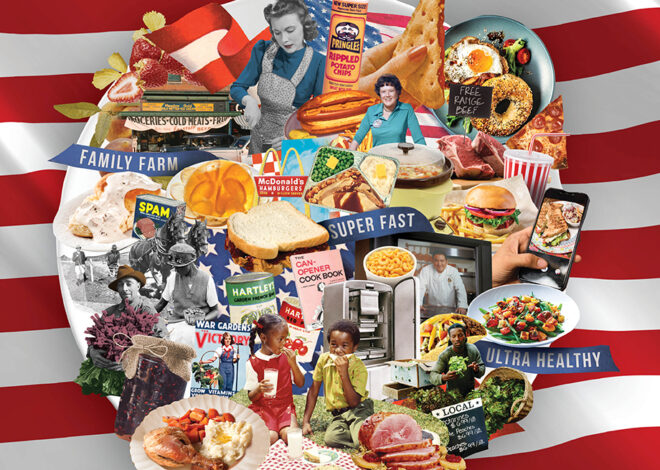
American Cooking Evolution
The Evolution of Cooking in America: A Culinary Journey
Cooking in America has undergone a remarkable evolution, shaped by a diverse range of influences including immigration, regional traditions, technological advancements, and cultural exchange. From the early days of colonial settlement to the modern food landscape, American cooking reflects a rich tapestry of flavors, techniques, and ingredients that have made it a melting pot of culinary innovation.

Colonial Influences
The culinary history of America can be traced back to its colonial roots, where early settlers relied on simple, hearty fare influenced by their European heritage. Native American ingredients such as corn, beans, and squash were incorporated into dishes, while European settlers brought with them cooking techniques and ingredients that would form the basis of American cuisine.
Immigrant Contributions
One of the most significant influences on American cooking has been the waves of immigration that have shaped the country’s cultural landscape. From Italian and Irish immigrants in the 19th century to more recent arrivals from Asia, Latin America, and the Middle East, each wave of immigrants has brought with them new flavors, ingredients, and cooking styles that have enriched American cuisine.
Regional Diversity
One of the defining features of American cooking is its regional diversity, with each region of the country developing its own unique culinary traditions. From the seafood-rich dishes of New England to the barbecue traditions of the South, and the Tex-Mex flavors of the Southwest, each region has its own distinct culinary identity shaped by geography, climate, and cultural heritage.
Industrialization and Technological Advances
The Industrial Revolution brought about significant changes in the way Americans cooked and ate. The development of canning, refrigeration, and other food preservation techniques made it easier to transport and store food, leading to changes in diet and cooking practices. The rise of processed foods and fast food chains in the 20th century further transformed American eating habits, leading to concerns about the impact of convenience foods on health and nutrition.
Culinary Trends and Innovations
In recent decades, there has been a resurgence of interest in traditional and artisanal cooking techniques, as well as a growing emphasis on locally sourced, sustainable ingredients. The farm-to-table movement, which emphasizes the importance of knowing where your food comes from, has gained popularity across the country, leading to a renewed appreciation for local farmers and producers.
The Influence of Celebrity Chefs and Media
The rise of celebrity chefs and food-focused media has also had a significant impact on American cooking. Television shows, cookbooks, and food blogs have helped to popularize new ingredients, techniques, and cuisines, making them more accessible to home cooks. Celebrity chefs have also played a role in shaping culinary trends and influencing the way Americans think about food and cooking.
Conclusion
Cooking in America is a dynamic and ever-evolving art form that reflects the country’s rich cultural heritage and diverse population. From its colonial origins to its modern-day culinary landscape, American cooking has been shaped by a wide range of influences that have contributed to its status as a global culinary powerhouse. As American cooking continues to evolve, one thing is certain: its rich and diverse flavors will continue to delight and inspire food lovers for generations to come.


